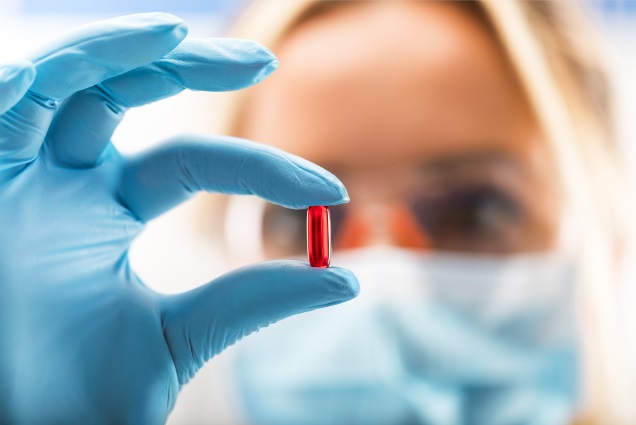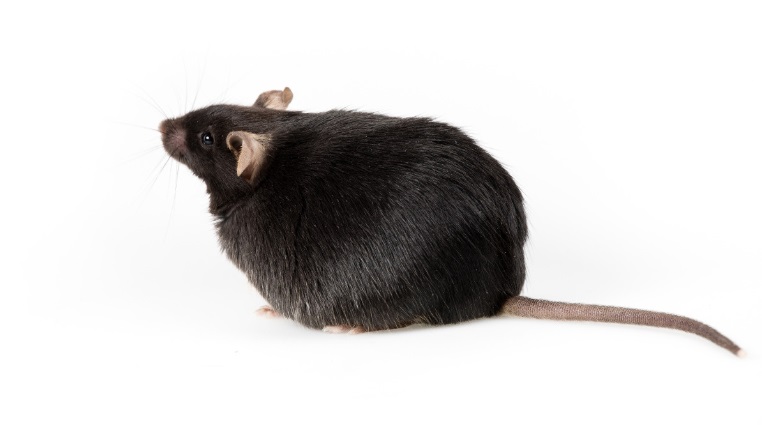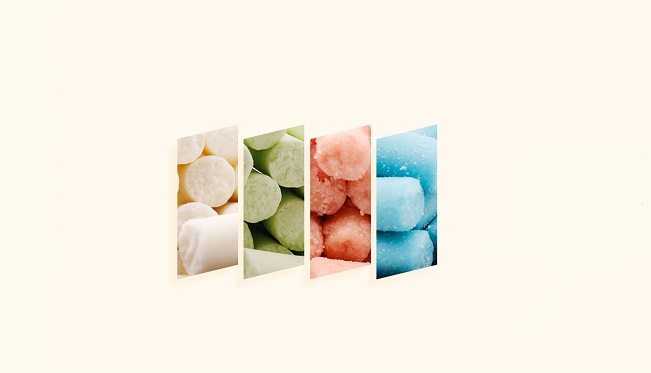| Classification | Features | Description |
|---|---|---|
|
Powder feed
|
A variety of raw materials are crushed and evenly mixed in proportion |
Powder feed inhalation through respiratory tract can reduce masticatory function and gastrointestinal irritation. It is generally used in special research, such as adding drugs to feed.
|
|
Pellet feed
|
It is made of powder feed pressed by pelletizing machine |
The most commonly used lab animal feed. But in the production process, it will cause trace pollution.
|
| Puffed feed |
It is made of powder feed by gelatinization |
It is only used in a few lab animals (dogs, monkeys) and generally not used. |
| Liquid feed |
It is made of powder feed mixed with different liquids | It is mostly used in chemically defined feed. |
| Classification | Features | Description |
|---|---|---|
|
Cereal feed
|
Raw materials from crops or by-products of crops (plant and animal raw materials) |
The composition of cereal feed is complex and the influencing factors are not easy to control, but the palatability is better and the product price is lower.
|
|
Purified feed
|
Casein, sucrose or starch, vegetable oil and cellulose are used as raw materials with high purity of inorganic salts, vitamins and trace elements |
The components of purified feed are very clear, and the factors affecting the research of lab animals are greatly reduced, but the palatability is poor and the production cost is relatively high
|
|
Chemically defined feed
|
Using high purity amino acids, monosaccharides or disaccharides, fatty acids or triglycerides, reagent grade minerals and high purity vitamins as raw materials |
The quality control is the best, but the production cost is very high, so the use is limited |
 Formula Design of Lab Animal Diets
Formula Design of Lab Animal Diets
 Instruction for Use of Additives in the Lab Animal Diets
Instruction for Use of Additives in the Lab Animal Diets
 Correlation between body weight gain and temperature in mice
Correlation between body weight gain and temperature in mice
 3 Common Problems in Using High-Fat Rodent Diets
3 Common Problems in Using High-Fat Rodent Diets